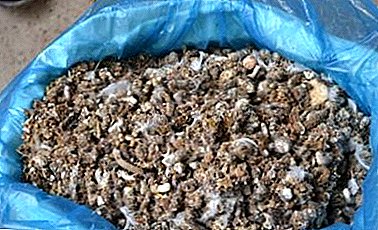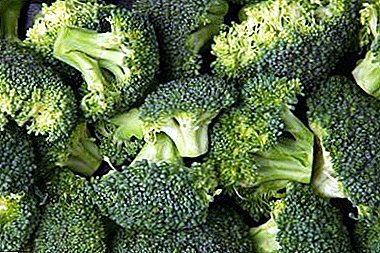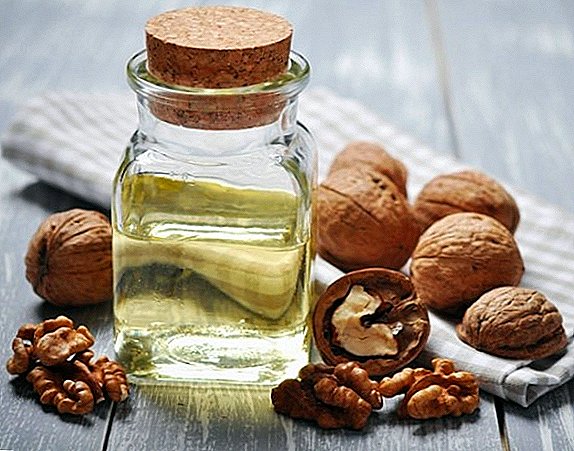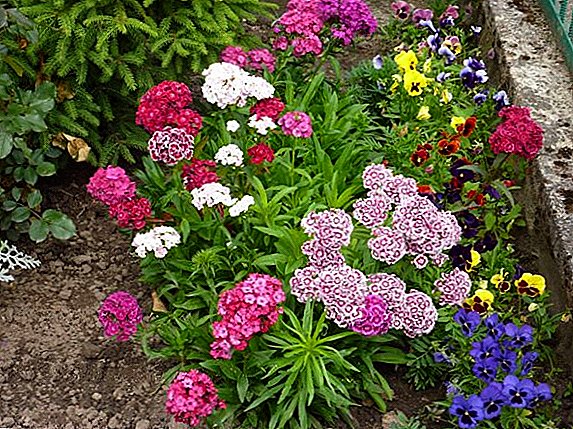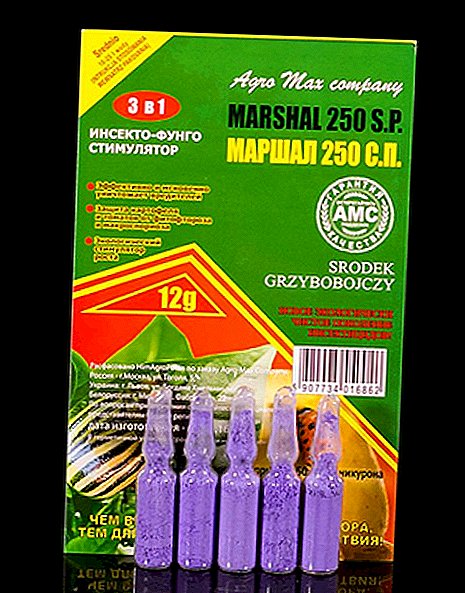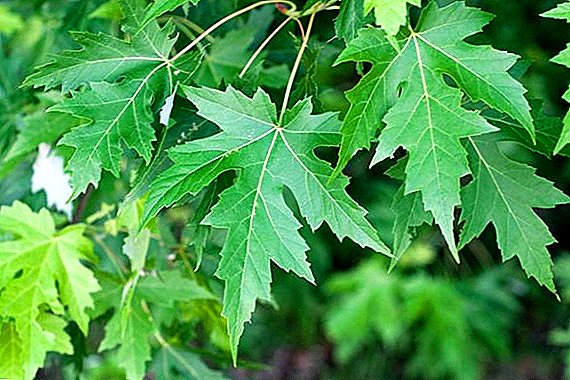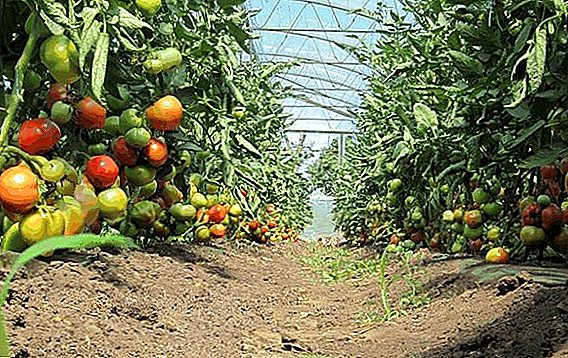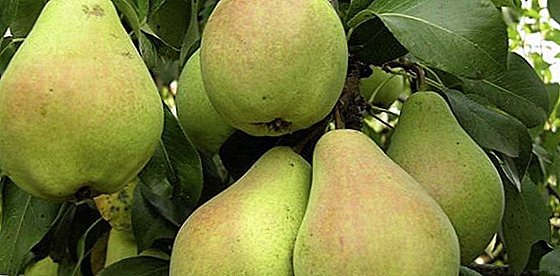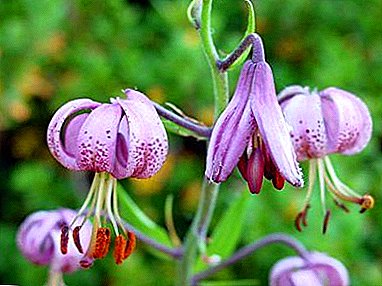 Cherry always gives a good harvest, on the basis of which various juices, jams and confectionery are prepared. Also, red berries because of the amount of vitamin C are indispensable for people with low acidity. Today we will talk about Ashinskaya cherries, briefly describe the variety, as well as the main points that will help get the most complete picture of this tree.
Cherry always gives a good harvest, on the basis of which various juices, jams and confectionery are prepared. Also, red berries because of the amount of vitamin C are indispensable for people with low acidity. Today we will talk about Ashinskaya cherries, briefly describe the variety, as well as the main points that will help get the most complete picture of this tree.
Breeding history
Cherry "Ashinskaya" can be considered a young variety, as it appeared in the international registry only in 2002.
She was bred at the South Ural Research Institute, where a team of 4 people worked on her selection. The variety is a hybrid of garden cherry and shrub (steppe).
Did you know? Berry has in its composition ellagic acid, which prevents the formation of malignant cancers. This acid "works" not only to prevent the appearance of cancer cells, but also stops the development of existing ones.Breeders have achieved the impossible: to multiply the cherry, retaining varietal quality, you can absolutely any way, even generative, through the bone.
The variety is suitable for cultivation throughout the CIS, including the Urals and the Volga region. 
Check out such varieties of cherries as "Miracle Cherry", "Morozovka", "Chernokorka", "Lyubskaya", "Molodezhnaya", "Vladimirskaya", "Shokoladnitsa", "Black Large", "Izobilnaya", "Turgenevka", "Besseya", "Ural Ruby", "Zhukovsky", "Mayak".
Tree description
We begin the description with the constitution of the tree, let's talk about the main differences and parameters. The tree is very slender, symmetrical, reaches a height of 3 m. The distance from the root collar to the first shoots is 30-40 cm. It grows quite quickly.
The crown of the cherry is well leafy and very thick, has an elongated cylinder shape with cone echoes. The sheet plates are painted in dark green, smooth, round, with a slight bend upwards.
The average leaf length is 8 cm, width is 4 cm. Downiness of the leaves is absent. The shoots are colored brown with a gray tint, reaching a length of 45 cm. 
Fruit Description
Fruits differ in large size and corresponding weight - up to 5 g. They have a flattened rounded shape and are colored in dark red, which is similar to immature cherries.
Pulp burgundy color with an abundance of juice, soft. The skin is rather dense. A distinctive feature is that during the removable ripeness of the berry freely separated from the stem, leaving a dry mark.
Tastes are very high. Cherry has received almost the maximum score for this indicator, as it is distinguished by sweetness and a slight sourness. 
Pollination
This variety is self-starved, that is, it does not need a pollinator. You can plant a single tree, and it will produce an annual crop without artificial pollination or an abundance of insects.
It is worth noting that "Ashinskaya" cherry is a good pollinator for such varieties: "Altai Swallow", "Night", "Ruby".
Fruiting
The variety begins to bear fruit only in the 4-5th year after planting, however, at the same time, the life of the tree is quite long - 30-35 years.
Important! Before fruiting, the tree may bloom, but the ovary will fall off, which is normal practice.
Flowering period
Flowering lingering, takes place in the third decade of May. The flowers are small on a short stalk. Have a pleasant aroma. All buds are collected in inflorescences of 5-6 pieces. 
Gestation period
A distinctive feature is that all the berries on the tree ripen at the same time, which makes it possible to collect all the products at once.
Cherry is considered late, since the fruits reach removable maturity only at the end of July, and it is better to collect fully ripe cherries in the first decade of August.
Yield
Yield "Ashinsky" very pleased with their masters, as it is stable and very high. Up to 12 kg of cherries can be harvested from one adult tree. On average, about 10 tons of quality products are produced per hectare.
Important! 100 g of pure products contain 12% sugar and up to 11% ascorbic acid.
Transportability
Since the fruits are not damaged during harvesting and have a dense skin, their transportability is quite good, however, it is worth considering that the berry has very watery pulp on steppe cherries, therefore it is not recommended to transport it over long distances. 
Drought tolerance
The habitat of steppe cherries provides for arid regions, so drought resistance in this variety is very high. At the same time, during the ripening of the fruits, it is better not to allow the soil to dry out, so that the tree can form large and juicy berries.
Winter hardiness
Extremely high frost resistance and a tendency to rapid regeneration are the strengths of the "Ashinskaya" cherry. A slender tree withstands temperatures down to -48 ° C, and in the case of freezing of the rhizome, it is quickly restored without loss in terms of yield.
Did you know? Cherry is composed of blood-forming elements, so it is recommended to use it for anemia.
Disease and pest resistance
You may not believe, but this variety is not affected by absolutely any fungal and viral diseases, it is resistant to coccomycosis. Also, the variety is not affected by pests and pathogens, which is a real miracle.
It should be noted that the stability of the tree is maintained in acceptable conditions. If culture is not followed, then defeat is possible, but very rarely. 
Application of fruits
The fruits are dessert type, but have a universal purpose. You can make juices from them, make jam or make compotes. Also, decoctions of the fruits are used in the treatment of diseases of the gastrointestinal tract and feverish conditions.
Above, we wrote about the fact that berry has a large amount of sugar, so it can be used to make cherry wines without fixing with alcohol.
Learn how to make cherry liqueur at home.
Advantages and disadvantages
Having read up to this point, each of you can already form a large list of pros and cons of this variety, but it is worth systematizing the information and highlight the main thing.
pros
- High yield.
- Resistant to very low temperatures.
- Tolerates prolonged drought.
- Fruits annually, while the yield is always maintained at the same level.
- All berries have the same size and color, which gives an additional attractiveness for sale.
- A tree is not affected by diseases and pests if it is cared for appropriately.
- You can multiply in all available ways.
- Universal berries are not only tasty, but also useful, have in their composition a large amount of vitamins and trace elements.

Minuses
- Berry ripens very late. This is especially important for those who supply products for sale, since at the end of summer the market is saturated with fruits and the purchase price is extremely low.
- Cherry begins to bear fruit late, so to cover the costs of a large garden will not work right away.
- Cherries are poorly transported over long distances, because of which it is impossible to export it abroad.
Did you know? Acid, which is part of the fruit, can damage tooth enamel, so after eating the berries, you must rinse your mouth.
"Ashinskaya" - resistant varieties of cherries, which has excellent yields and fruit taste. It is worth noting that the disadvantages of this variety are insignificant, and in terms of care, any gardener will win more than lose, because “Ashinskaya” cherry does not ask for “blew out dust particles” from it.
It stably yields a crop that can be consumed fresh even to those who have problems with acidity. 


